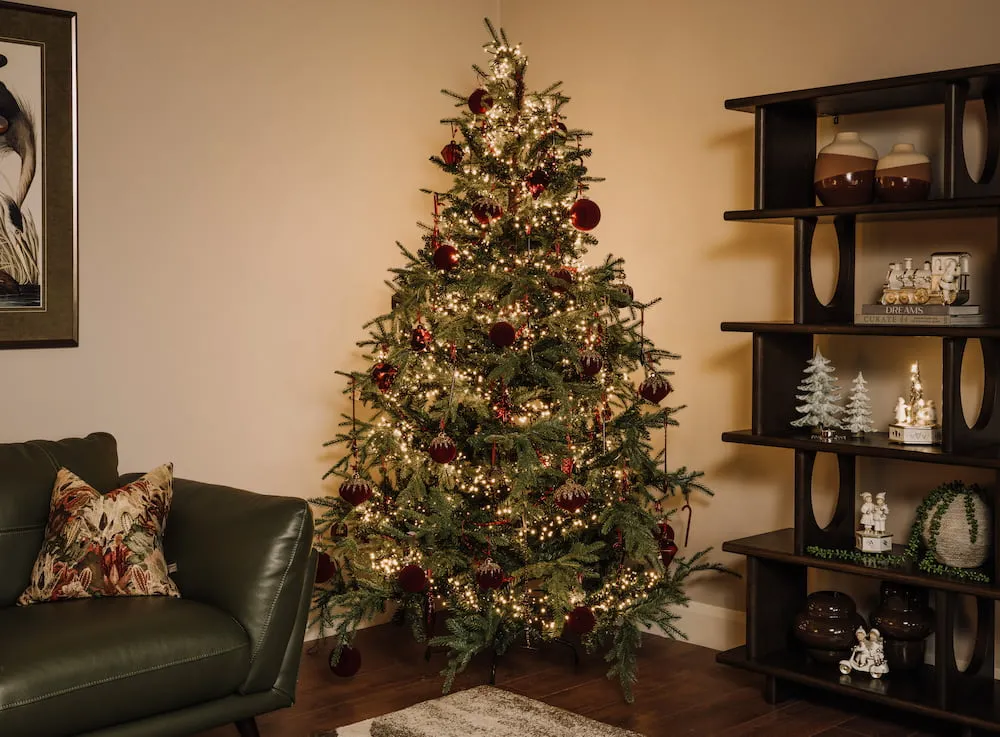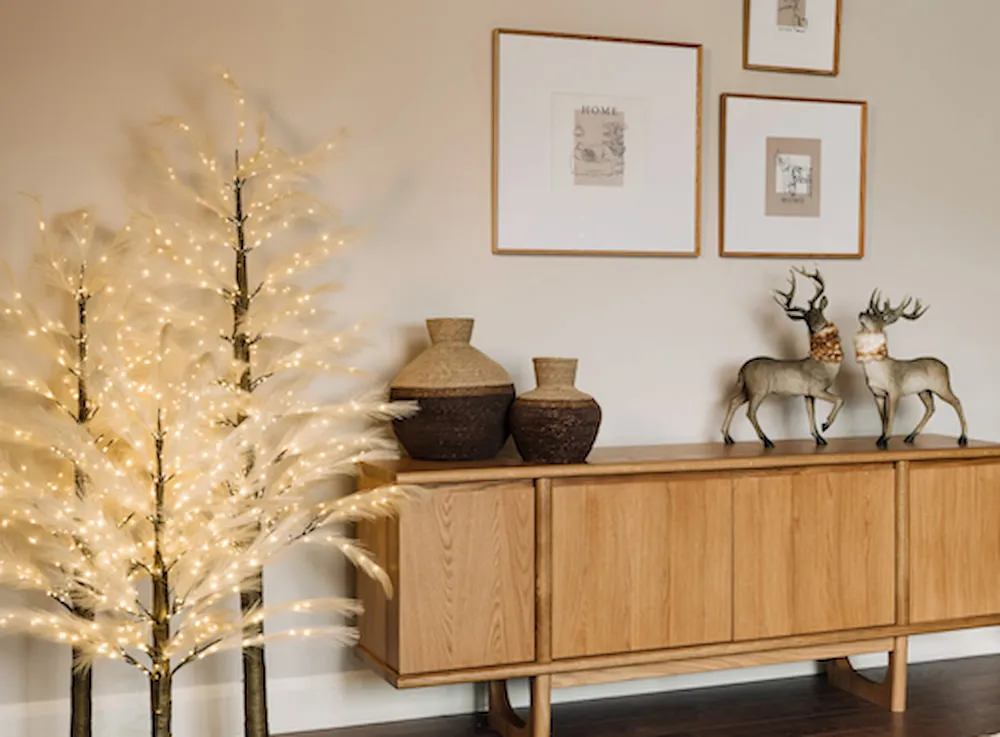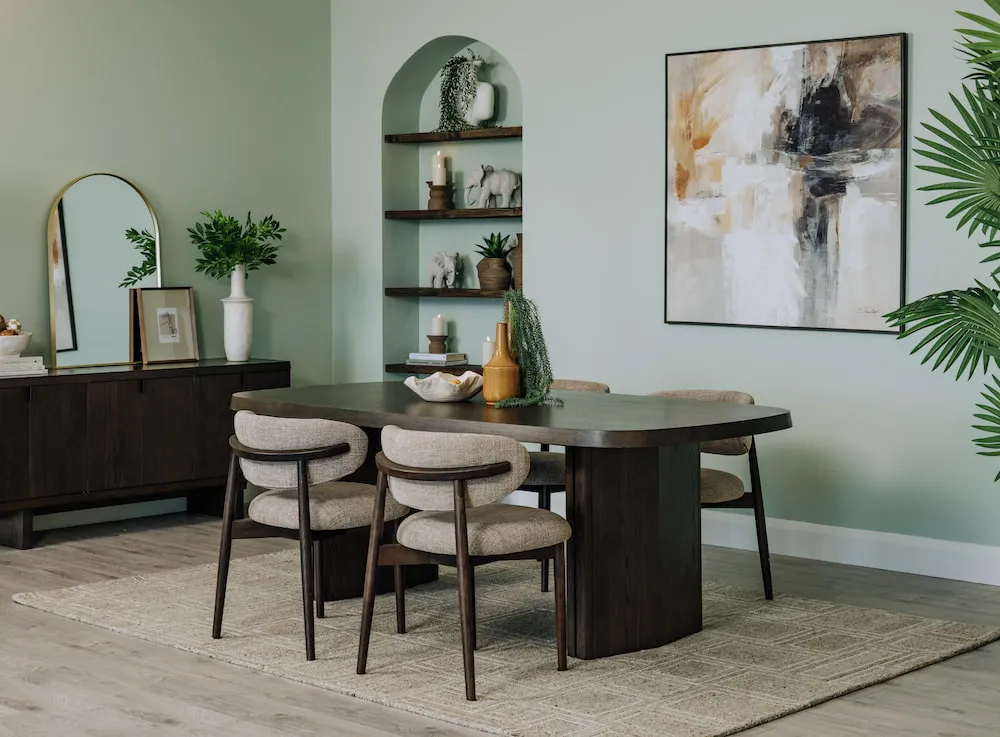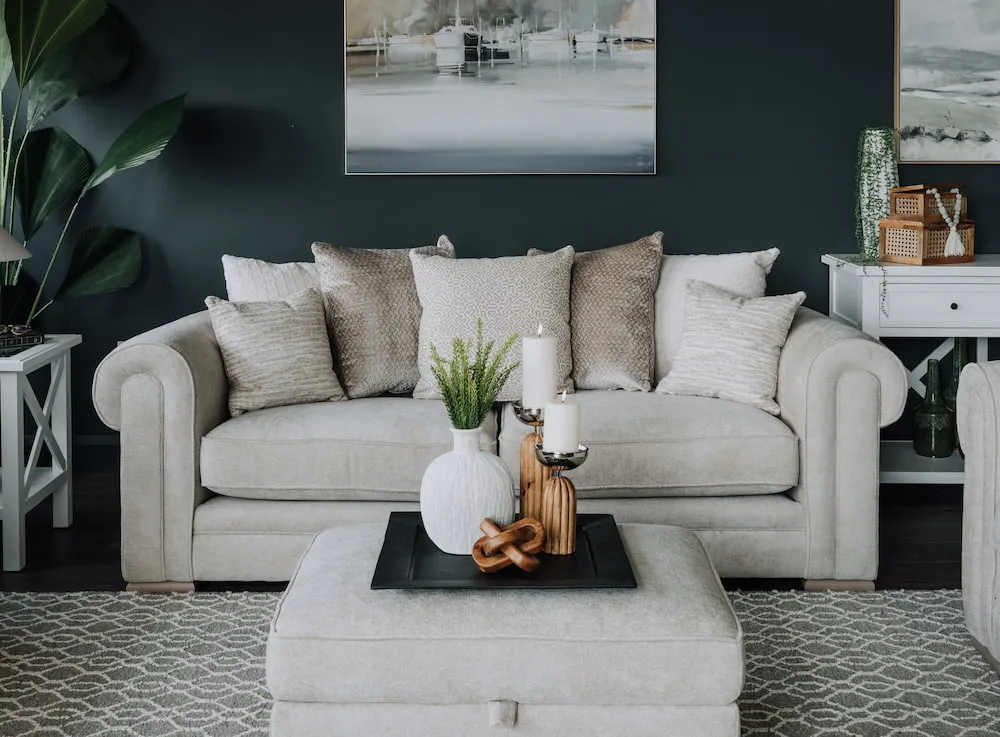Adding texture to a home is an essential part of interior design. Without it, your home can end up looking flat and well, uninteresting. And really, who wants to visit someone in their home when it looks as boring as we imagine it is? No one, that’s who. Texture can be included in an easy and relatively inexpensive way and can add an element of interest to any space. Thankfully, there is more than one way to bring texture into your home and you’ll learn how to in this latest EZ Living Furniture blog. Keep reading below to learn the 5 ways to add texture to every room in your home.
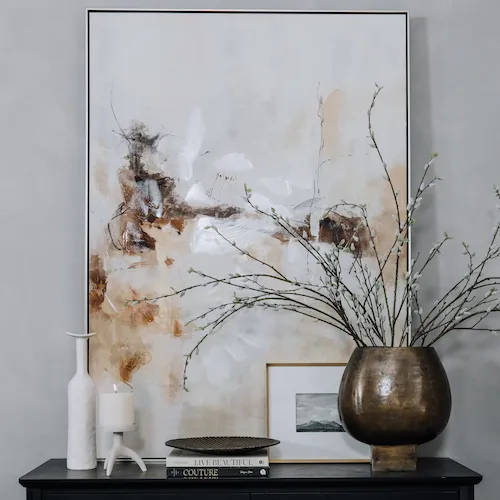
1. Layer Different Textures
It’s important to layer multiple different sources of texture to create a look that’s rich and full of depth. Texture can be included in multiple different ways and it doesn’t have to cost the earth. Quite simply, all you need to do is focus on home accessories like vases, mirrors, rugs etc. For instance, a huge impact can be created by using matte and glazed ornaments on a wooden bookcase. You might already be familiar with styling decorative books on a glass side table or coffee table, and the reason for doing this is, you’ve guessed it, added texture. Wall art hung against a contrasting paint colour can also make walls feel multi-dimensional and is a great way to bring texture into a space.
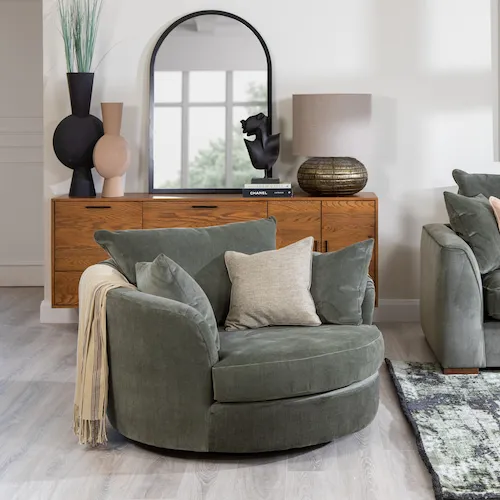
2. Use Contrasting Fabrics
If your colour palette is comprised of very similar shades, you can interrupt its consistency by changing up the textures of the fabrics in the room. You might want to focus on the bigger items in the room for this i.e. sofas or armchairs in the living room, but prioritising other fabrics in the room such as curtains, blinds, throws, and cushions can make an even bigger impact. This is also a more cost-effective way to add texture because you can easily change these up as the seasons change, whereas a linen sofa is a lot harder to switch up regularly.
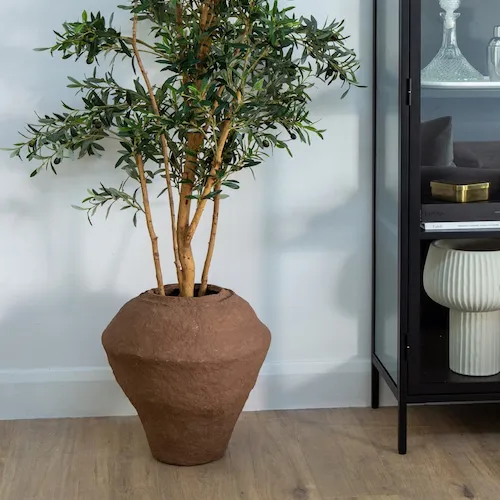
3. Decorate With Plants & Flowers
You may or may not be surprised to learn that plants, plant pots, and flowers all play a significant textural role in a room’s decor. The difference in form, petal, leaf shape, height and colour add to the overall appearance of a room while the glossy leaves will link to any surrounding lacquered, strong-lined furniture.
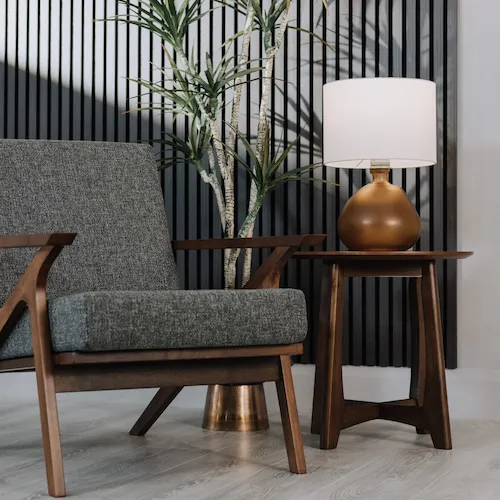
4. Add Lighting
Lighting is a feature that is often ignored or disregarded as being unimportant, however, this couldn’t be further from the truth. Lighting actually has a dual texture aspect, meaning, the light emitted together with the look and feel of the lamp plays a role in providing texture. For example, a high-shine floor lamp adds a very different texture to a table lamp with a boucle lamp shade. The same can be said for lighting that emits a warm orange light. This will produce a far softer, more ambient and relaxing glow than a cool white light with a brighter beam which proves to enhance a person’s concentration.
Lighting can be easily compounded by choosing the right temperature of bulb and spreading the light sources at different heights throughout the room, so you have wave upon wave of illuminated texture.
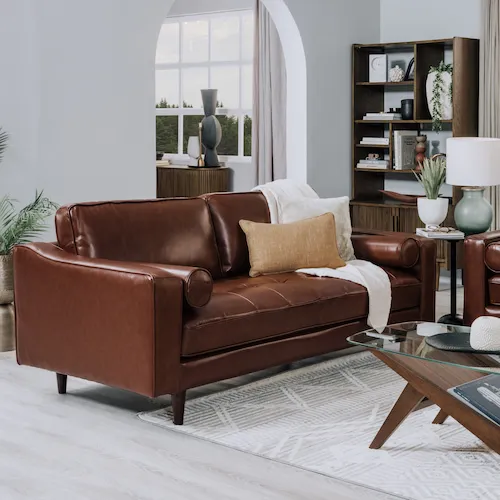
5. Mix Old & New
To help add texture in an organic way, mix old and new furniture and accessories. A vintage side table paired with modern industrial lighting will give character to a space. It will also give the illusion that your decor was assembled over time rather than picked straight from an interior magazine.
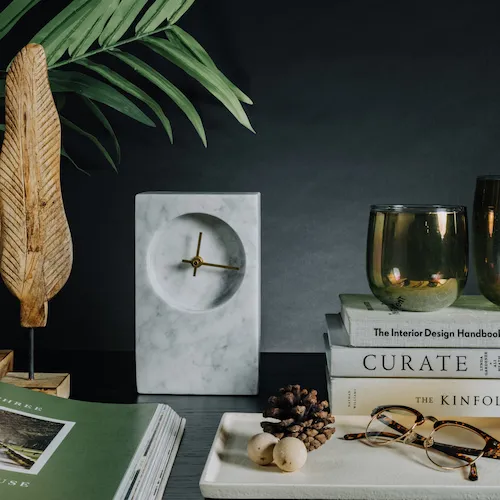
As you can see, there are a few different ways to add texture to your home. Everything from a boucle throw to a 3D piece of wall art to a stone backsplash counts as texture in a space. Now that you know how to create visual interest in your home, it’s time to start researching the decor trends that are here to stay for this year below.
Interesting Read: Decor Trends Of 2023: Gone For Good Or Here To Stay?
We hope you enjoyed this content and found it useful and informative. We aim to share our expertise and knowledge with our customers and to do this we have a team of content creators working tirelessly behind the scenes. We do not use AI to create our content. Click this link to find out more about our team and content guidelines.


